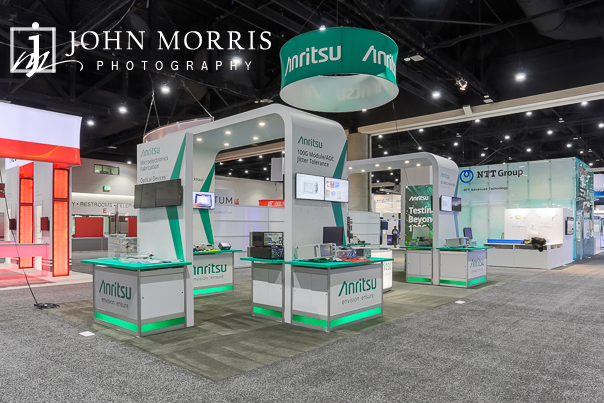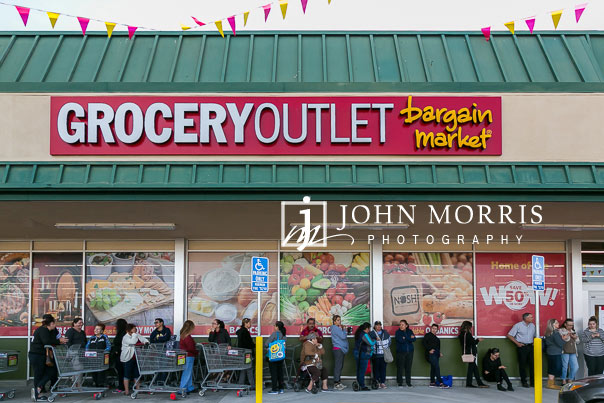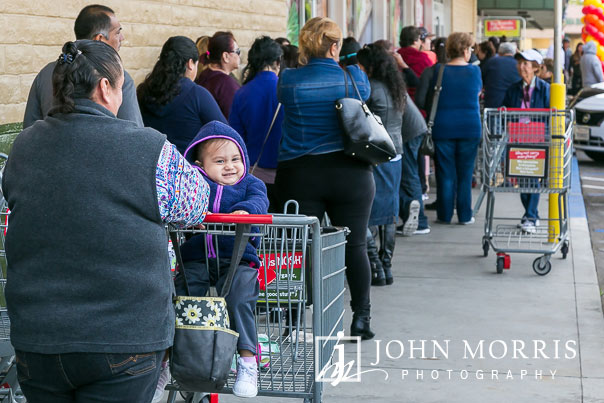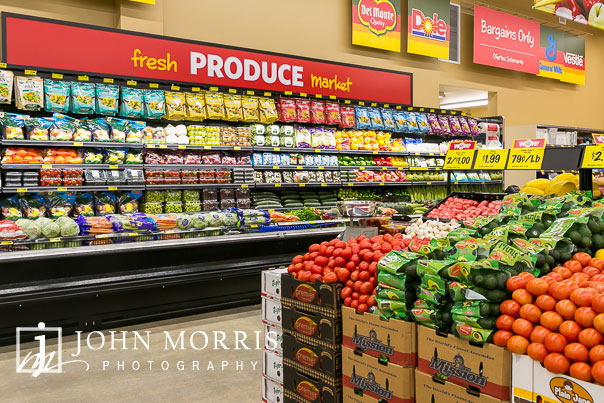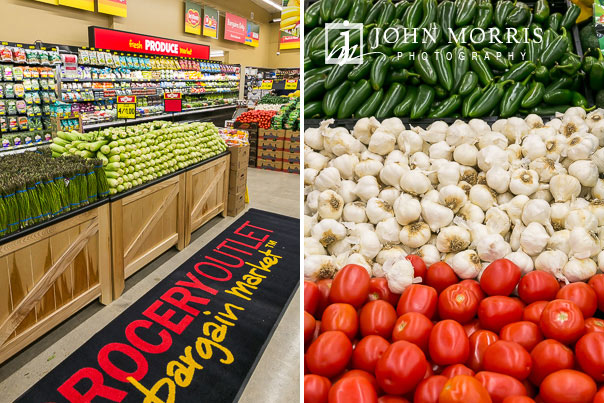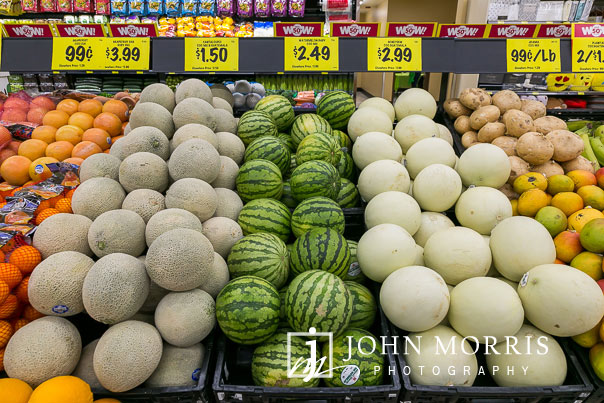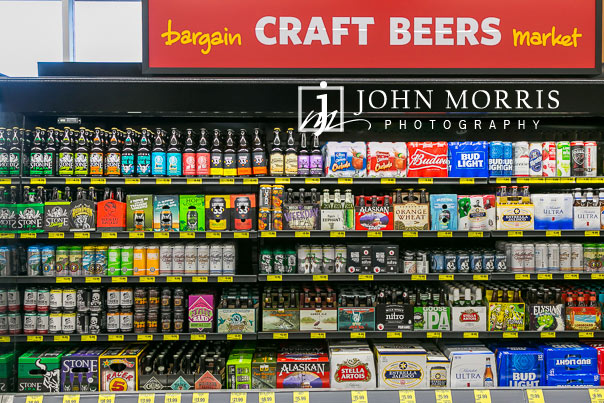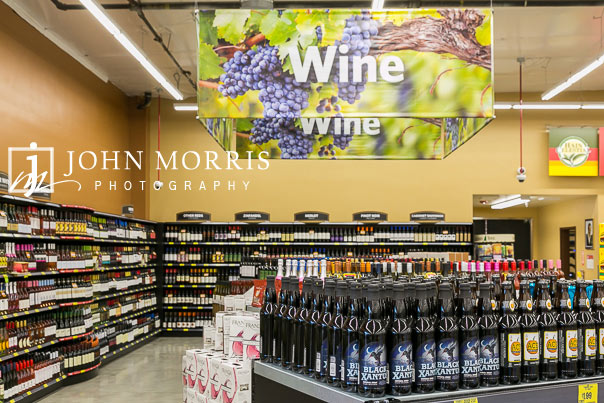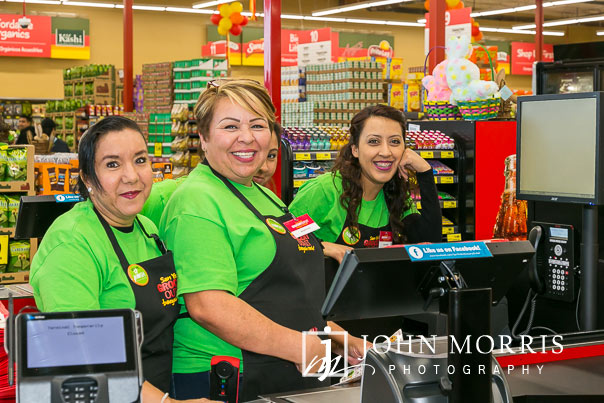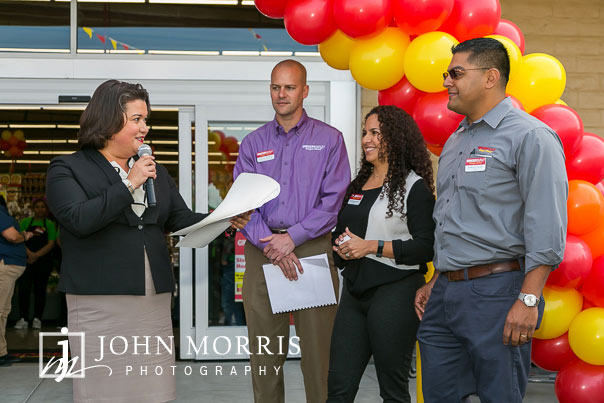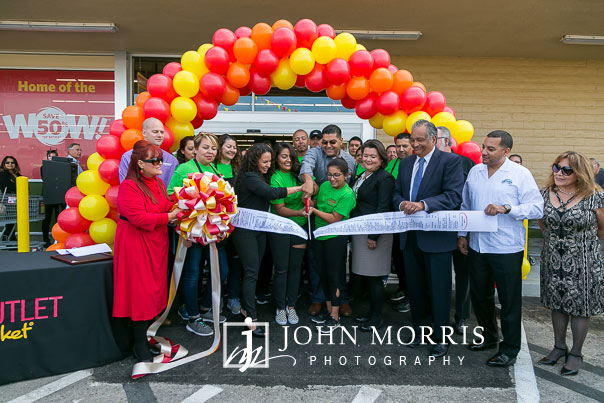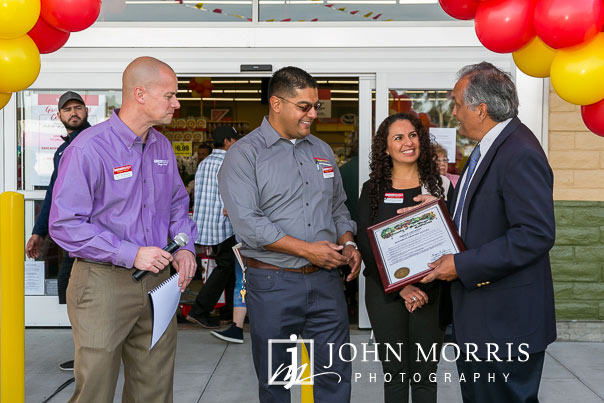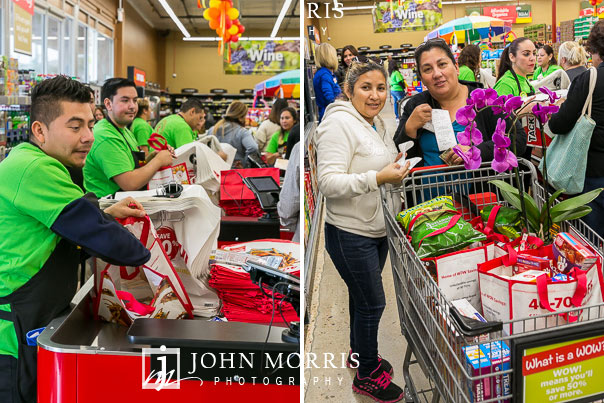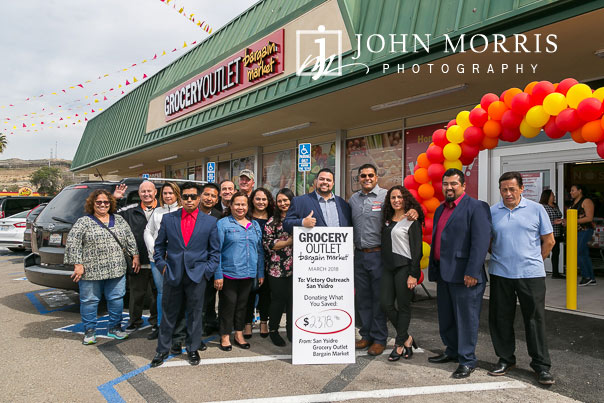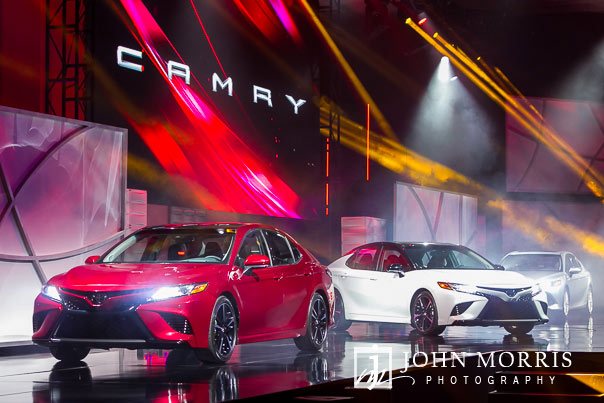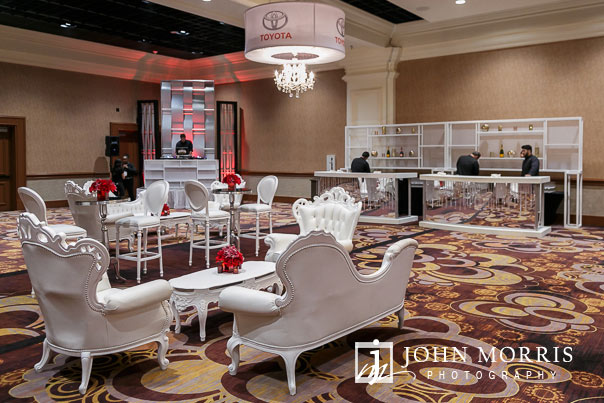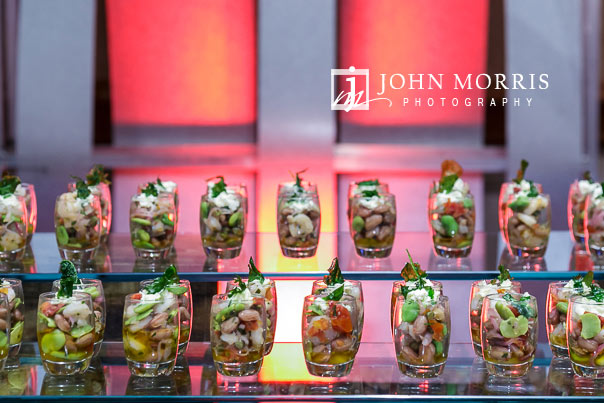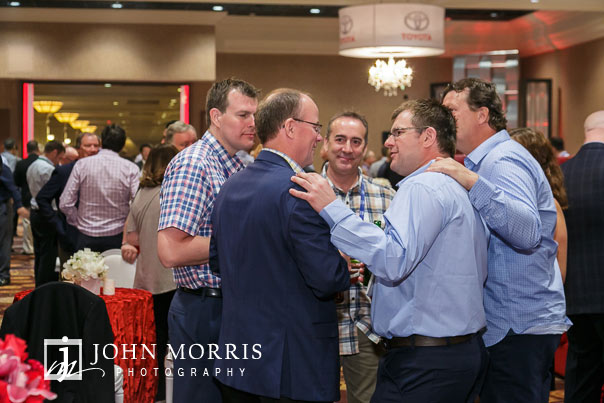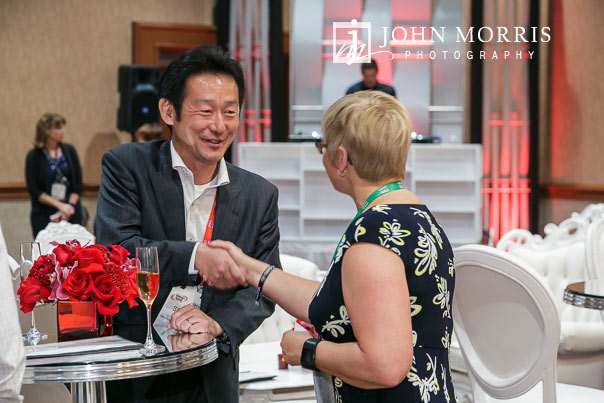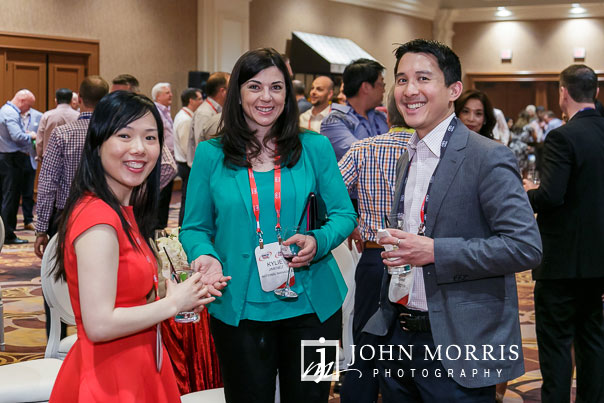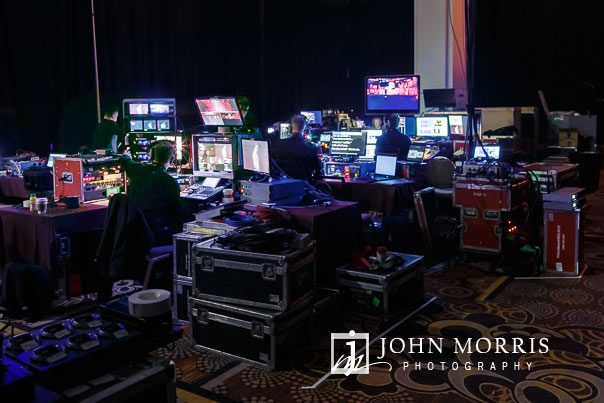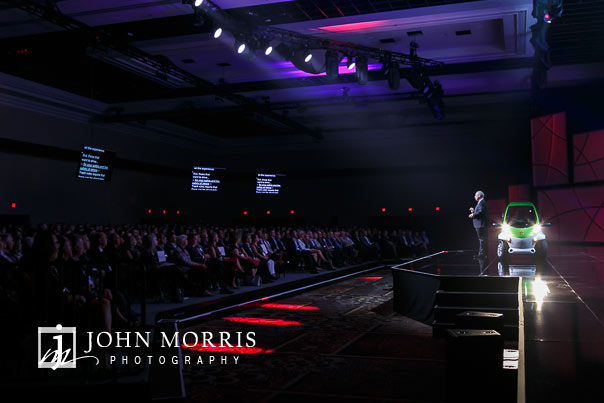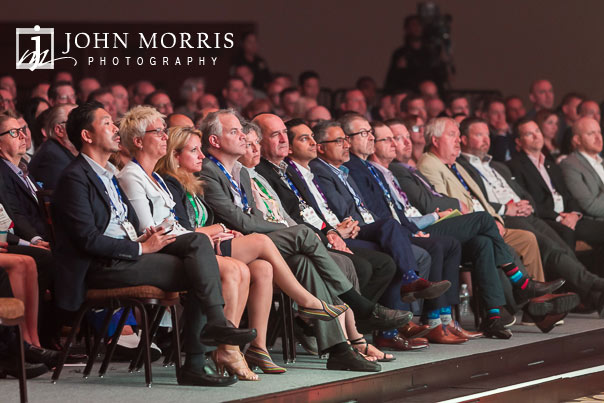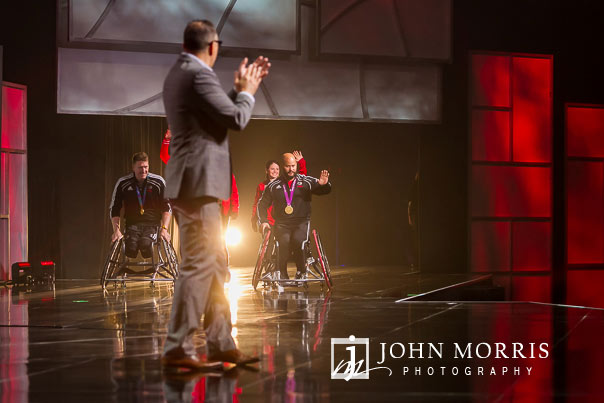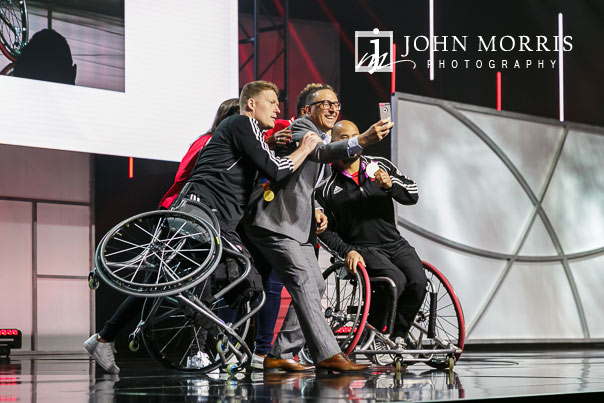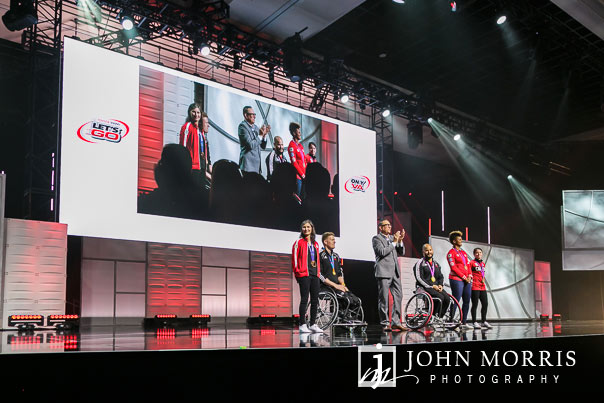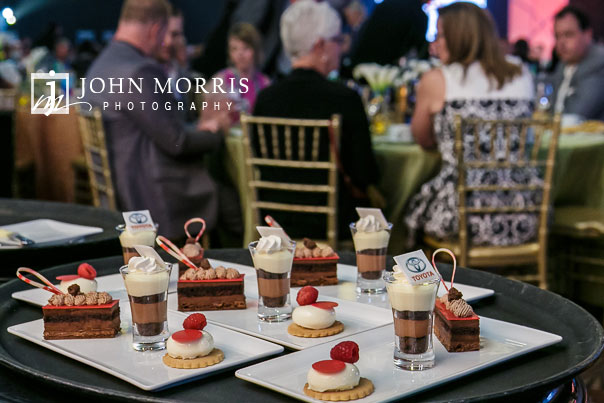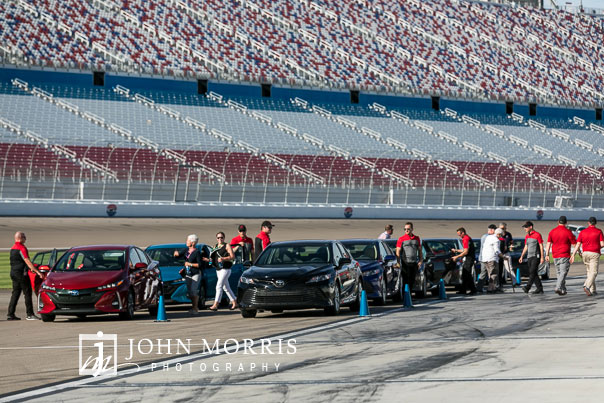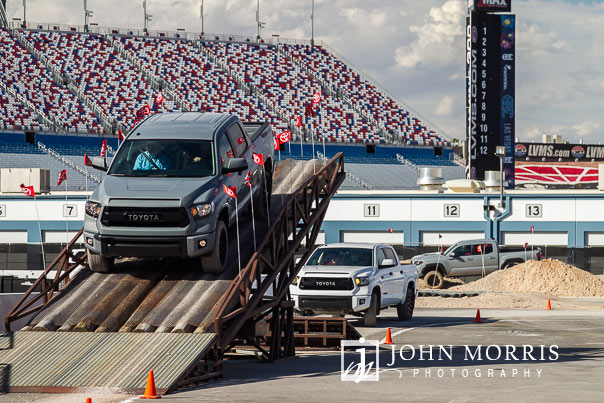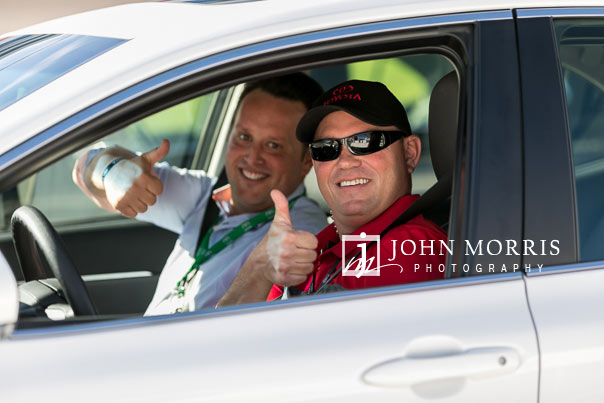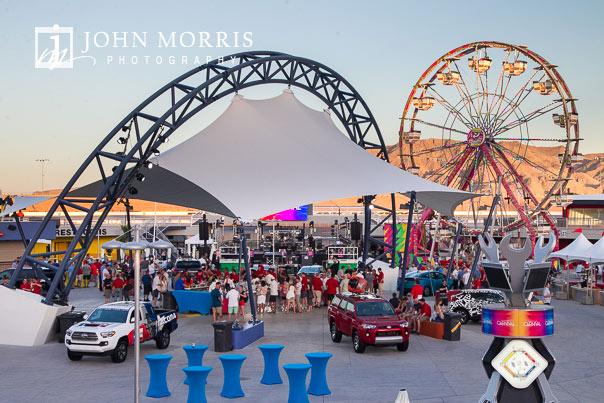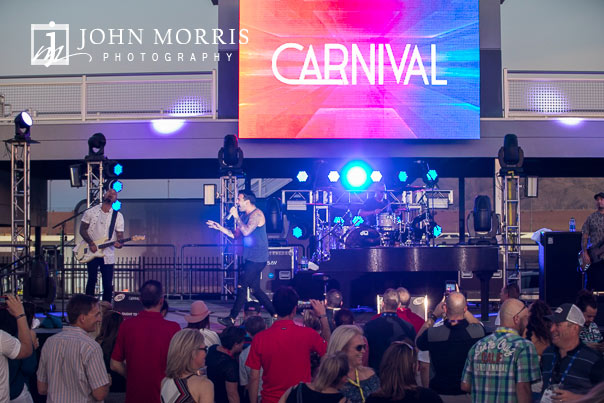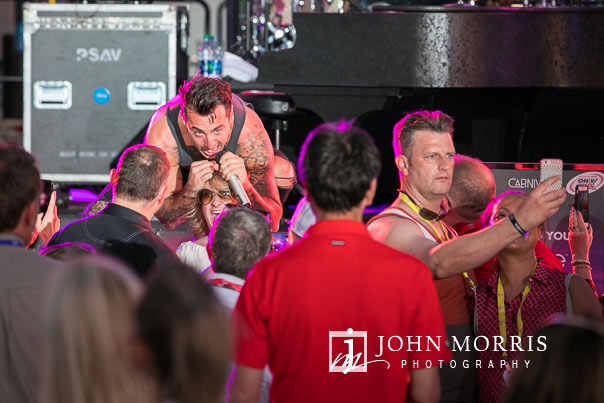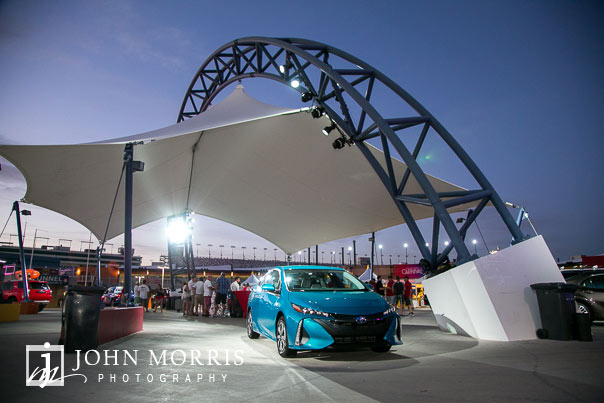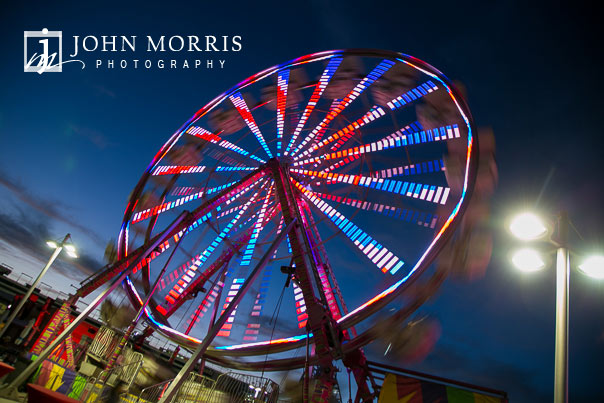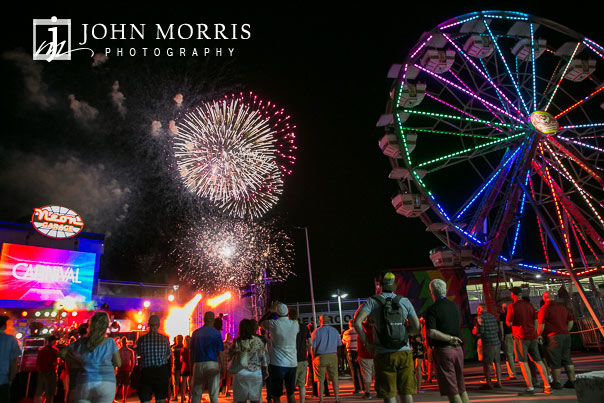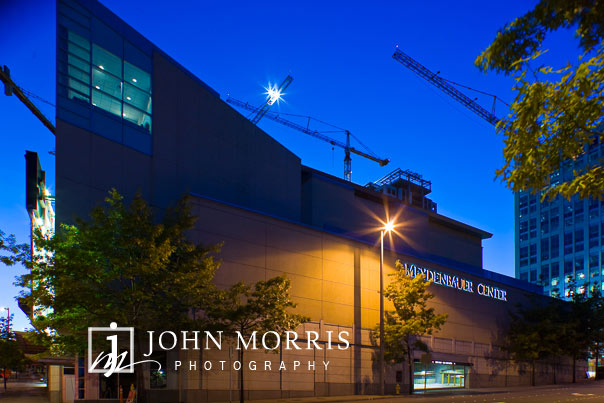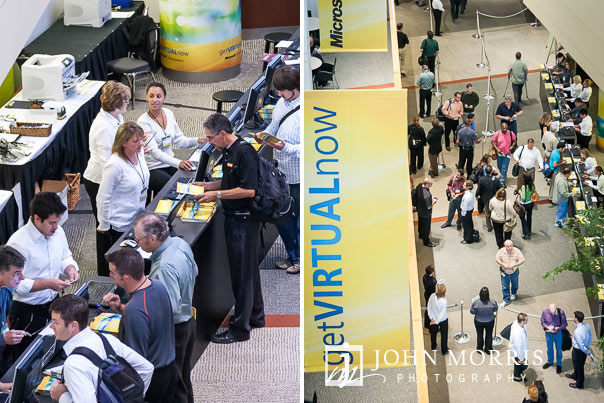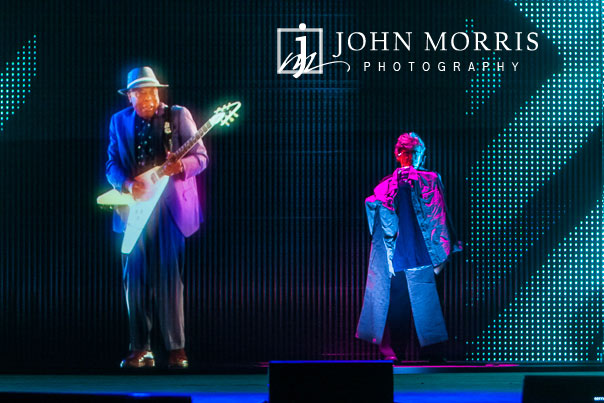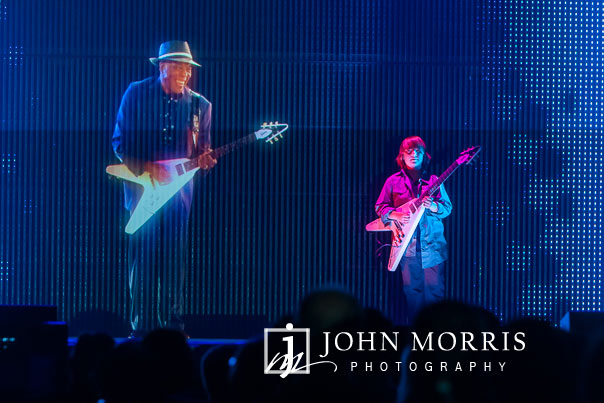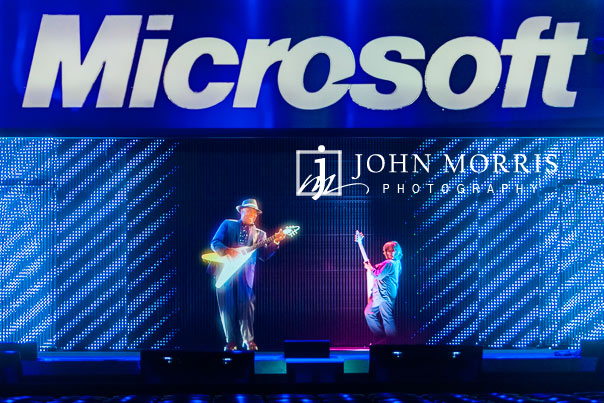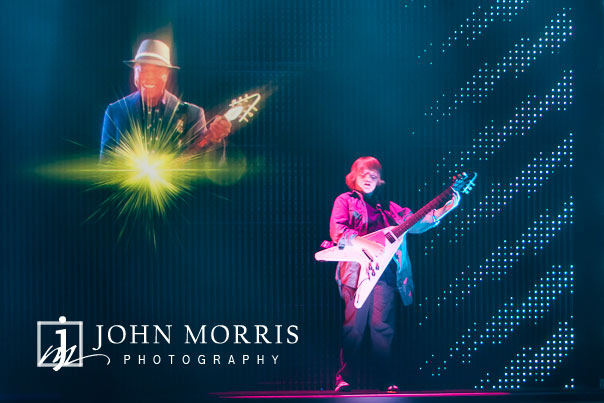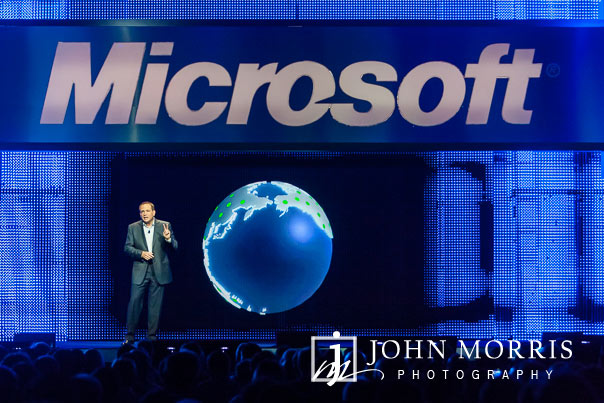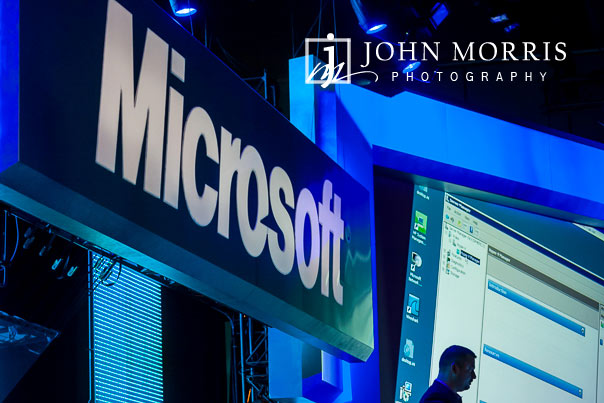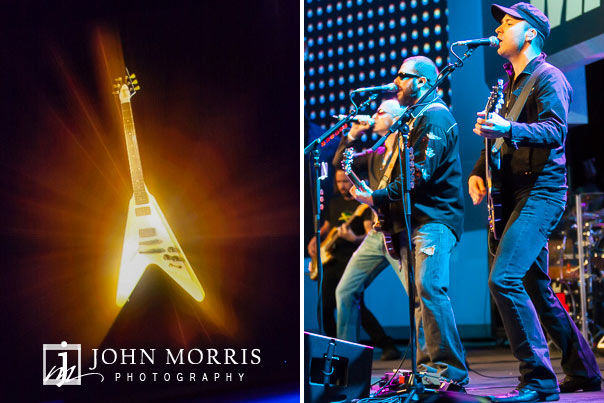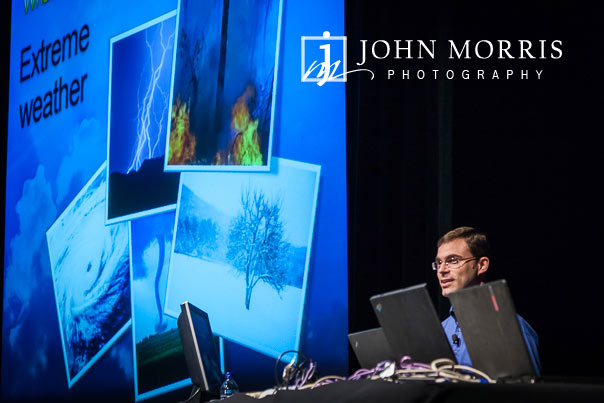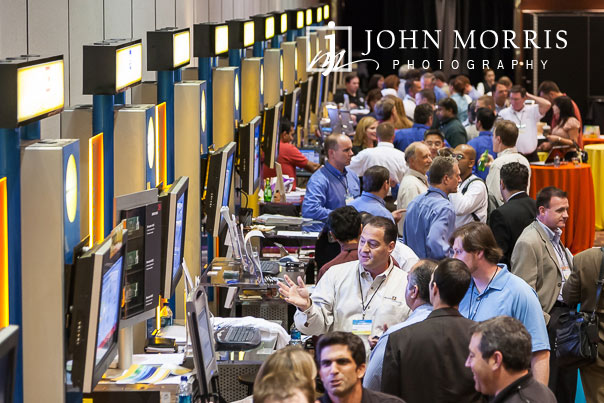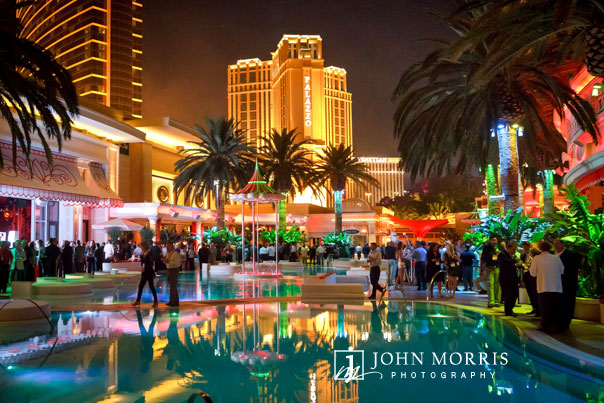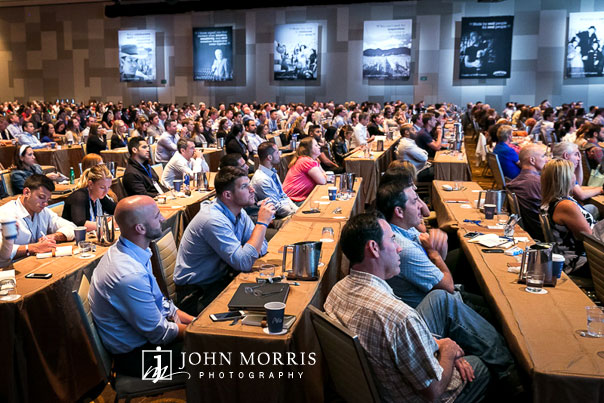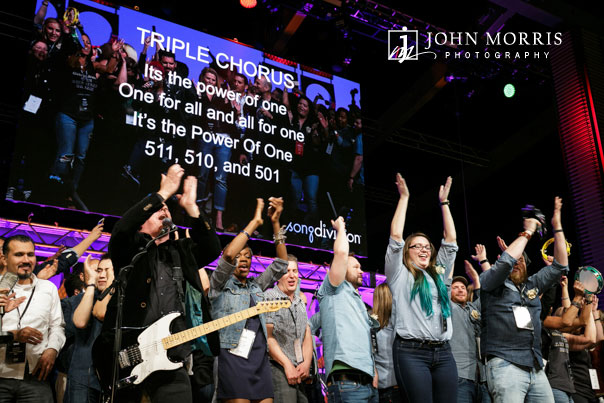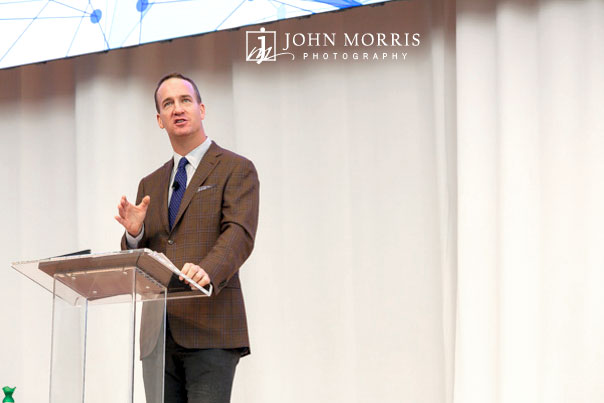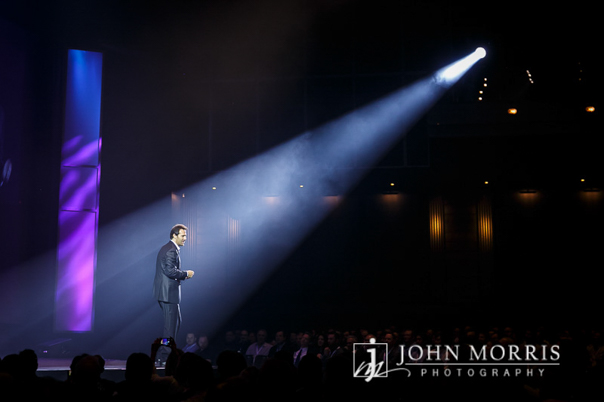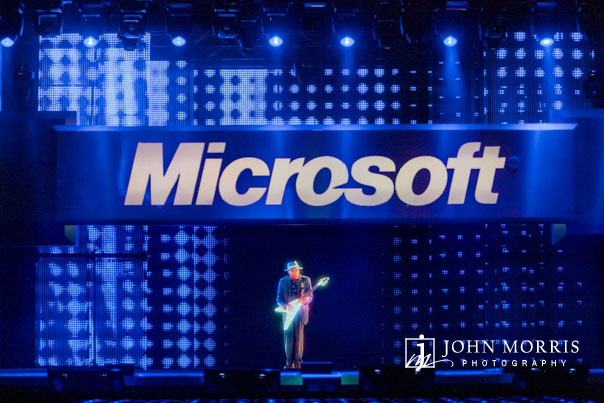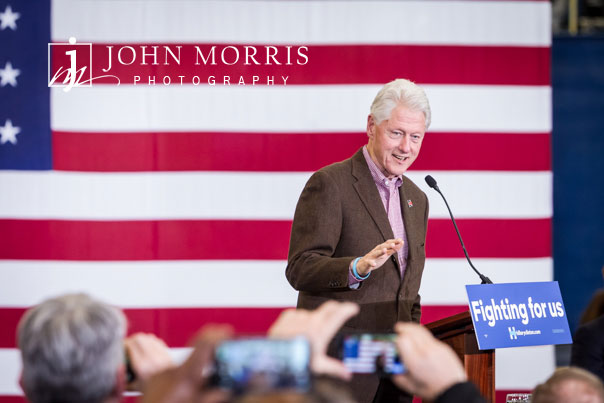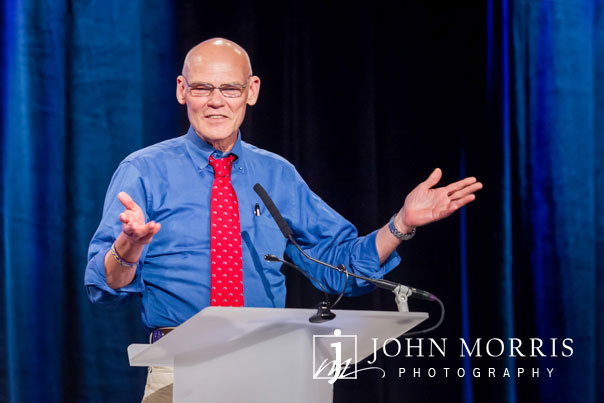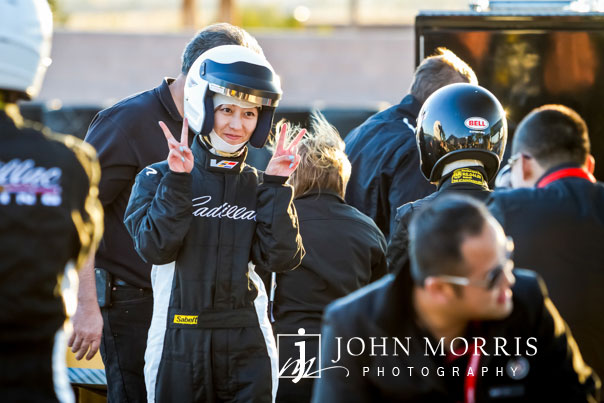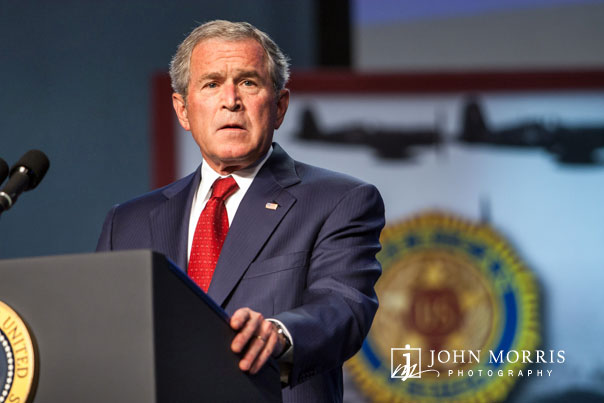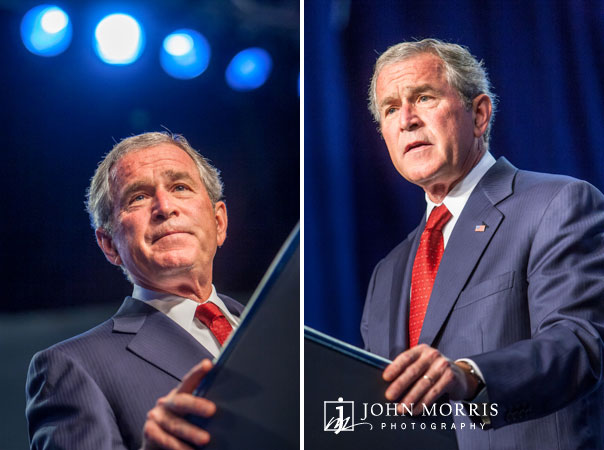San Diego Corporate Event and Booth Photography
As a San Diego corporate event photographer who has shot events in Las Vegas for the last fifteen years, I was extremely excited to be photographing my first event at the San Diego Convention Center. I was hired to shoot booth photos for a long-time client who designs, builds and maintains some fabulous booths for companies looking to make a lasting impression at trade shows and events.
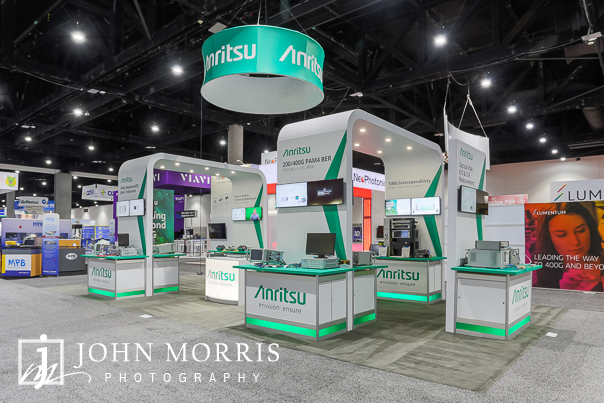
This was my first event at the San Diego Convention Center, and I wanted to make sure that everything went smoothly. I was scheduled to arrive at 7 am to shoot 6 booths that my client had built, and I aimed to get all six done by 9 am. The show opened at 10, so I gave myself a little extra time to factor in for any unexpected obstacles.

If you live in or near any of the big cities in California, you will know that parking is always a challenge and being familiar with the parking situation from my years shooting Las Vegas events, I knew that available parking would be my first obstacle. While an obvious problem, it is an important consideration and if not planned for, can make it challenging to arrive on time and get the job done. Knowing ahead of time is critical. I researched and learned that I had two options; Park in the underground convention parking for $20 or park out back by the bay for $15. Not only was the bay option cheaper, but it was also adjacent to the vendor entry and the hall where the Optical Networking & Communication Conference was taking place. A little research saved me time and money!
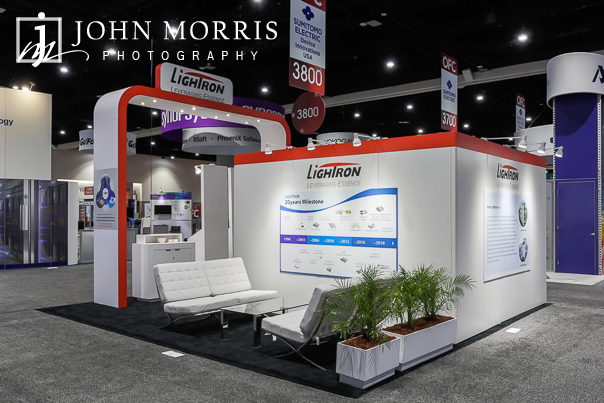
When shooting booths, I try to use a few techniques that I learned while assisting a very good architectural photographer early in my career. Sturdy tripod, bubble level, and cable release are all important tools. Some new techniques that I use now are in-camera HDR and Lightroom’s perspective adjustment function. These options give me more flexibility in post to ensure I capture the booths as accurately as possible. I also use a circular polarizer on a 17-40 to control glare and help control the output from the LCD screens and monitors to help balance the light.
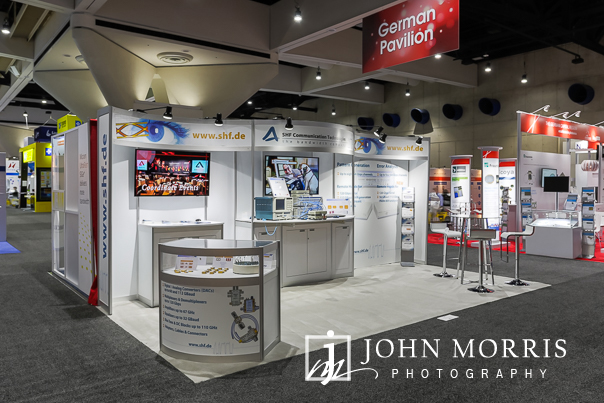
On-site, a little housekeeping ensures that my client’s booths will look their best and limits the amount of post I need to do to get the images my client expects. Watching for distracting backgrounds, overhead lights, trashcans, cleaning crews, and attendees is important. Organizing chairs, brochures and making sure monitors and screens are turned on and showing images that add to the overall look are small details that create professional images. It’s the little things that make big differences.
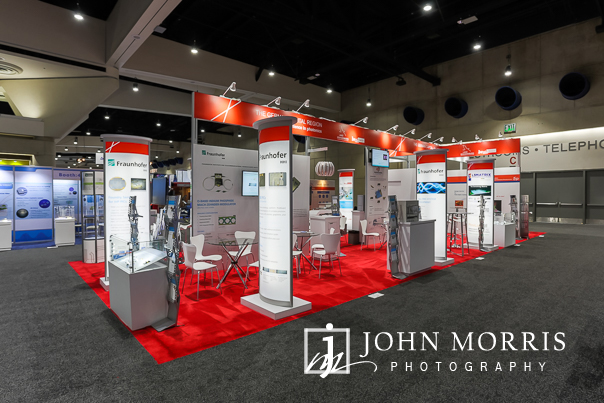
In post-processing, making sure the colors are correct, the lines are straight and the booth logos and features are visible are critical to a great image. Though I use HDR in-camera, I am very careful not to overdo it. I try to keep the images looking as authentic as possible to enhance the product while respecting tonal range and shadows.

So there you have it. My first booth shoot in San Diego for a long-time client. I look forward to posting more gigs and more advice as I begin to gain some traction in San Diego as an event and corporate event photographer. Till next time…..

You can take a peek at more of my Booth and Trade Show Photography herehttp://www.johnmorrisevents.com/portfolio/trade-show/

